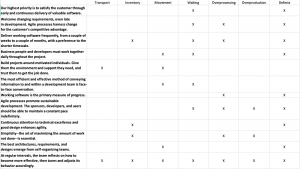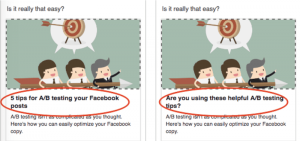— November 6, 2018
As a rule, professional services organizations all go through the same cycle. They hunt, they kill, and they eat. All metaphorical, of course. (Not to say that I don’t periodically have killing on my mind.) Searching for potential leads, converting leads into clients, and completing work for clients – while not as catchy – is a vitally important cycle for any professional services business owner to understand. Managing this cycle ensures a steady stream of work – avoiding the extreme busy periods or lulls that keep business owners up at night. The good news is that business owners get better at both hunting and killing with time and effort. The bad news is that it can be tricky to remember to hunt when you’re in the middle of eating a veritable feast. (Plus, it never feels like you have time for a hunting session when you are busy gnawing on some lovely work.) And,yet, that’s when the hunt matters the most.
So, how can a business owner eat and hunt at the same time, while still reserving time for the occasional fun activity – like sleeping? They make an effort to hunt purposefully and efficiently while taking advantage of the many tools that exist to search for leads in the background while the business owner focuses on the tasks at hand. In my quest to simplify my hunting process, I’ve found these three tools to be particularly useful.
1. CRM?
You need a CRM. The end. And in the off chance you’re not convinced by that ironclad argument, let’s see if this works. You need a CRM because it will pick up all the balls that you drop while you’re eating. Your CRM can track and analyze client communications – identifying trends, sending automated responses, and trace the effectiveness of your existing campaigns. You can try to do this all on your own, of course, but why? Let your CRM do the work for you, and take back control of your most valuable finite resource – your time.
I recommend: In the sea of CRM options, I find myself recommending Insightly and Contactually time and time again. Both are great options that can handle everything a small business owner needs from a CRM.
2. Retargeting Campaign?

Deciding to work with a professional services organization involves quite a bit of research on the potential client’s part. They’ll poke around an organization’s website, search for reviews, and then shove it all onto the back burner while they attend to their day-to-day business operations. If only a business could stay in a potential client’s mind even after the client navigates away from the business’s website!
Oh, wait! There is. A retargeting campaign is a great, not too complicated, way to stay in the front of potential clients minds while they make their decisions. Although the process itself is slightly more involved, a retargeting campaign basically works like this: a visitor checks out your website and gives the site permission to use cookies. At that point, they navigate away, but you can track them and make sure that they see your (well designed and impactful) ads on the platforms of your choosing. Admittedly, setting up a retargeting campaign requires a bit of web-literacy, but there are plenty of great resources available to walk you through the process. (or, you know, you can always bring in an expert…)
I recommend: I’m particularly pleased with Facebook’s options for retargeting campaigns and suggest that platform for someone planning their first retargeting campaign.
3. Paid Directories?
It might seem counterintuitive to pay to list your business in a directory. Aren’t there about a billion free places to for potential clients to find your business information? There are. But you know what else they can find there? Everyone (and everything) else. A paid directory is a way to get your business’s information on a short(er) list populated with other professional organizations – not spammy clickbait links. Those are pretty solid returns for a relatively minor expense.
I recommend: While you should do your due diligence and look for a paid directory specific to your industry or target market, there are certain characteristics all paid directories have in common. Look for one that’s well-established and has clear standards that all sites must meet to merit inclusion.
The irony is that if you’re already in the middle of a feast, you might not even have the time to implement any of the suggestions on this list – even if you’re convinced you need them. If that’s the case, it might be time to bring in professional help.
Business & Finance Articles on Business 2 Community
(60)







